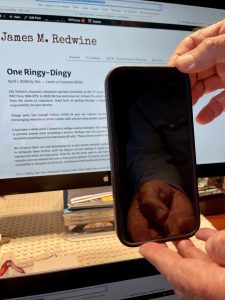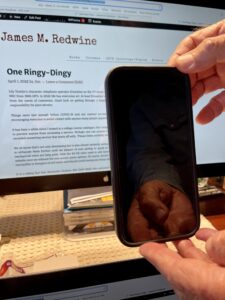
For the past two weeks as a member of the National Judicial College’s faculty I have helped to present an online continuing education course to judges from several states. A significant portion of the course involved an examination of America’s penal system.
In general, the continuum of criminal justice runs from Deuteronomy, 10:21, to Shakespeare’s The Merchant of Venice, Act 4, scene 1. Deuteronomy provides:
“Thine eye shall not pity. It shall be life for life, eye for eye, tooth for tooth, hand for hand, foot for foot.”
But Shakespeare’s Portia pleads with Shylock to show mercy:
“The quality of mercy is not strained. It droppeth as the gentle rain from heaven upon the place beneath. It is twice blest: It blesseth him that gives and him that takes.
….
It is an attribute to God Himself; And earthly power doth then show likest God’s when mercy seasons justice.”
Gentle Reader, you have already discerned the Devil is in the vast distance of details between these two extremes. How should we as judges of our fellow humans devise and apply a sentence that is just for the individual in court and society in general?
The State of Indiana’s Constitution provides a foundational mandate for judges when it comes to designing and imposing sentences that both follow the law and are just; just to the defendant, to any victims and to the general public. Article I, section 18 demands that as to Indiana’s legal system:
“The penal code shall be founded on the principles of reformation, and not on vindictive justice.”
For judges to be “Strict Constructionists” and conservative followers of the Indiana charter, vengeance may play no role while reformation must be the goal. One of my fellow National Judicial College faculty mates was Judge Timothy Brauer from Oklahoma. The Oklahoma Constitution provides:
“The courts of justice of the State shall be open to every person, and speedy and certain remedy afforded for every wrong and for every injury to person, property or reputation, and right and justice shall be administered without sale, denial, delay or prejudice.”
Article II, Bill of Rights,
Section II-6.
As a member in good standing of both the Indiana and Oklahoma Bars, I am bound by the Constitutions of both states. Oklahoma’s reference to justice not being for sale reminds of Socrates’ admonition to his judges in the Athenian Senate:
“A judge’s duty is not to make a present of justice, but to give judgment; and judges are sworn to judge according to the laws, and not according to their own good or pleasure.”
Plato’s Apology of Socrates.
The wisdom of basing a system of justice on mercy instead of vengeance has been recognized for thousands of years. Jesus knew society prospered when the Golden Rule and not rule by gold was the standard. And WWII war correspondent Ernie Pyle reminded all of us, especially judges:
“When you have lived with the unnatural mass cruelty that mankind is capable of inflicting on itself, you find yourself dispossessed of the faculty for blaming one poor man for the triviality of his faults.”
As judges should learn, all they have to do to do their duty in imposing sentences is to strictly follow the applicable law which includes the divine judicial quality of not straining at mercy.


